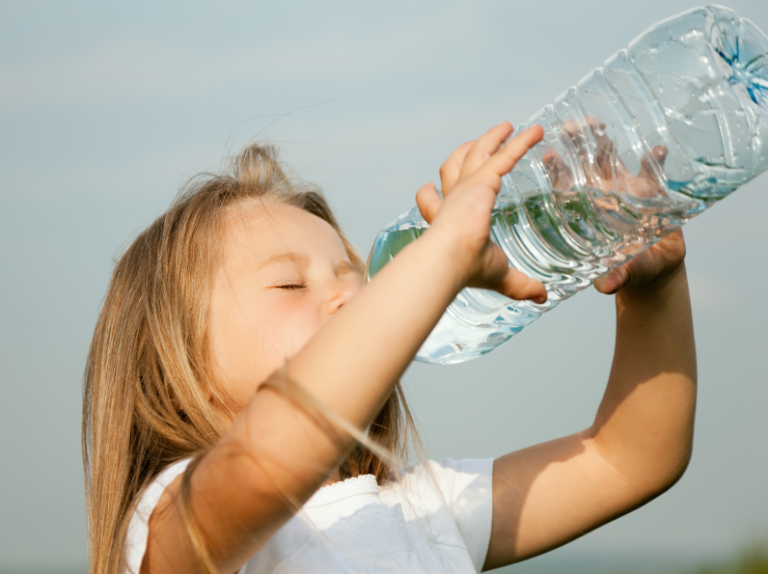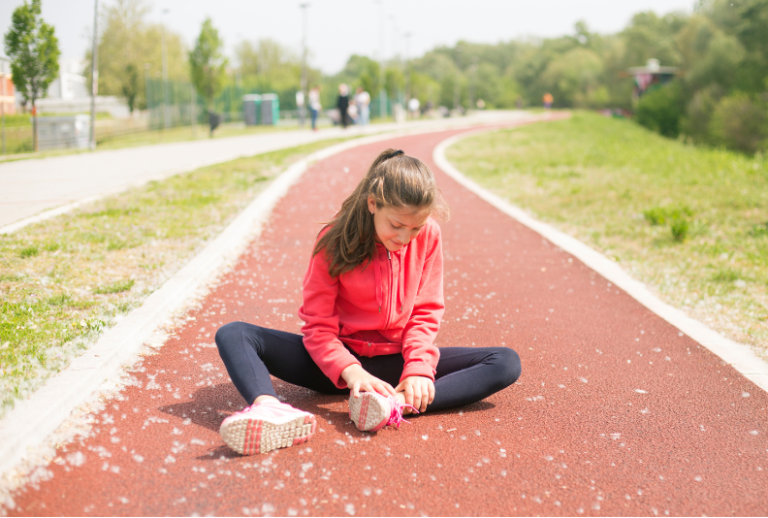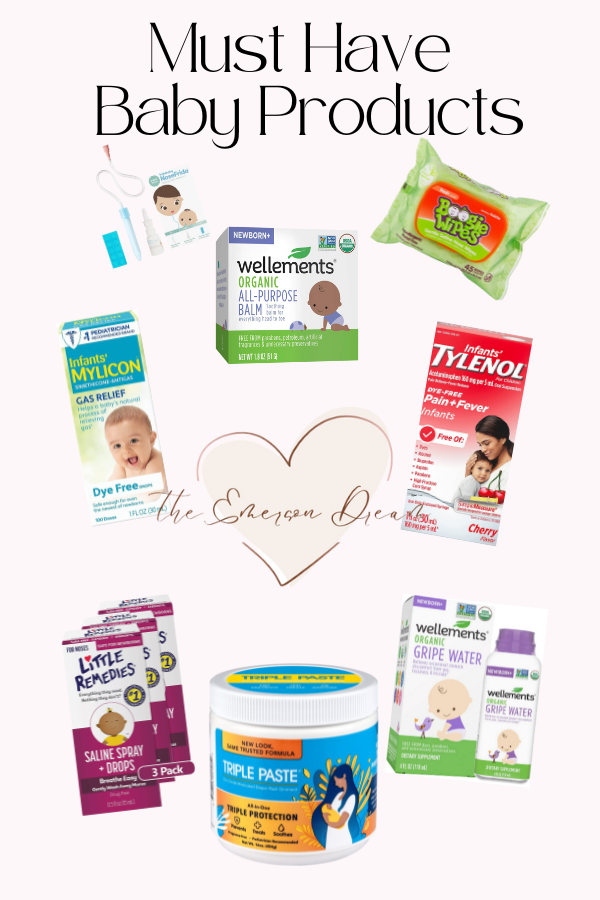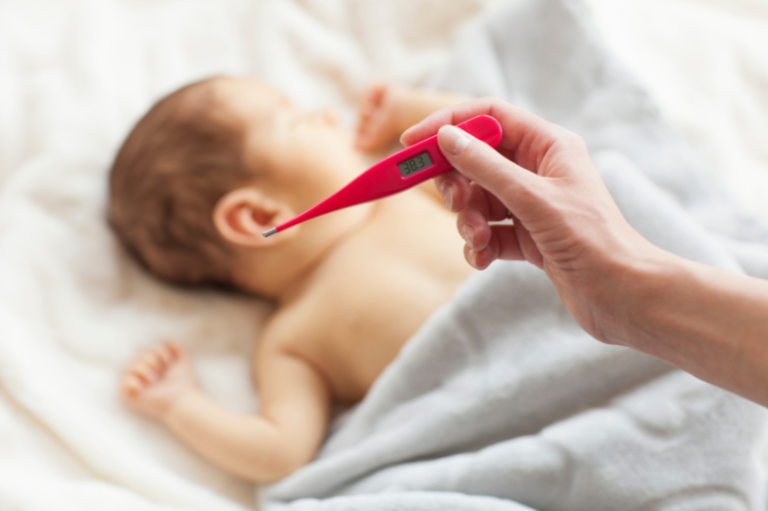How to Care for Broken Bones- First Aid and More

Working in the ER I saw a lot and I mean A LOT of broken bones! The breaks I saw THE MOST were forearm or wrist fractures. Ranging from a crack in the bone to a forearm that looks like an “S” they typically happen after a “FOOSH”, or “fell on out stretched hand”. The most common culprit is the monkey bars…they provide job security for ER nurses. But no matter where the break lands on the spectrum, the first aid is very similar.
Other common broken bones for kids are elbows (technically called Supercondylar Fractures), collar bones, and ankles. Teenage boys specifically, break their hands a lot, and it’s typically from punching things like walls and lockers, thanks hormones! .
Care
Splinting
If you thing your child broke a bone the first thing to do is immobilize or splint it. You can use a number of things to do this depending on what you have on hand. A splint like this one is great to keep in your first aid kit, along with an ace bandage.
Other splint options I’ve seen are:
- sticks
- rolled up magazines
- wooden spoons or other kitchen utensils
When you put a splint on it is important to go over the joint above and below the break. This keeps the break from moving which helps with the pain.
If it is a broken arm, it is also helpful to use a sling. Most first aid kids come with a triangular bandage which is perfect to use as a sling. A sling prevents the arm from dangling by their side which will make the swelling worse making the pain worse.
Ice
Put a cold pack or a bag of ice on the injury as the person can tolerate it, but don’t put the ice directly on the skin. You want to put a thin towel or something similar between the bag of ice and skin. It’s best to ice for 20 minutes at a time. Icing helps with both the pain and swelling.
Pain Medicine
I wouldn’t hesitate to give your child pain medicine before going to be seen. You can give Motrin or Tylenol, whichever you have on hand. If you have the choice, I would give Motrin. The faster they take it, the faster it’ll kick in.
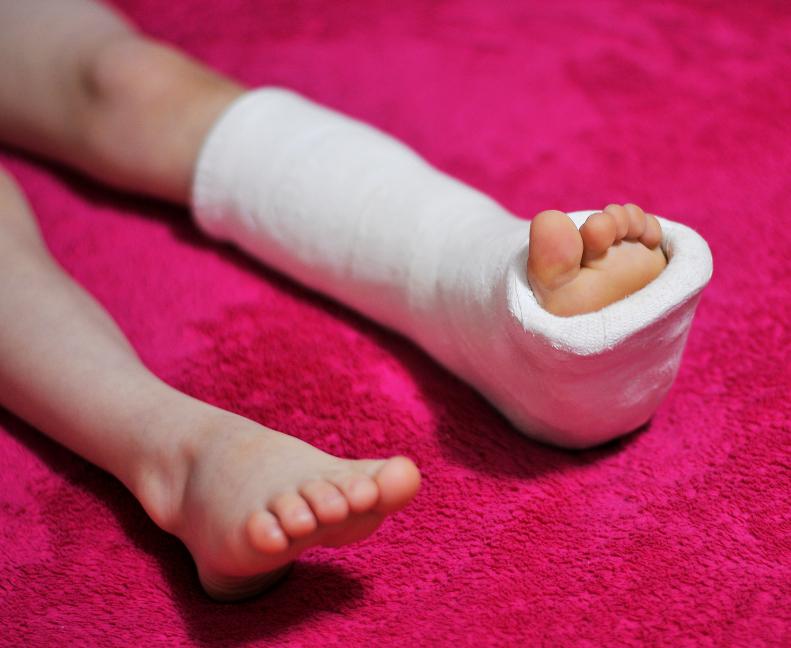
Urgent Care vs the Emergency Room
Reasons to go to the ER:
- If your child’s arm (or leg) looks deformed (bent in a funny way)
- They can’t feel below the where it hurts
- Their hand or foot below the break tingles
- If they are in a ton of pain that you can’t control with Motrin (same as ibuprofen, same as Advil)
- If there is a cut near the break or the bone is sticking out
- Broken Elbows- these require surgery a lot of the time.
***If your child’s injury looks deformed (bent in a funny way) do not let them eat or drink anything until you see the doctor!*** A small sip of water to take pain medicine is usually okay, but don’t stop at In-n-Out on your way. These breaks usually need to be surgically repaired or put back in place, which they sedate them for (thankfully!).
Injuries that can be seen at an urgent care are ones that don’t meet the criteria above. They are typically ones where it’s hard to tell if it’s a break or sprain. They definitely hurt and are swollen, but your child can move their fingers or toes, they aren’t numb or tingly, or deformed, and the pain medicine helped. You could even wait until the next day to take them to be seen.
If you go to an urgent care double check ahead of time that they can do an X-ray, because that is the only way to know for sure if it is a break or sprain. And you don’t want to go to one office just to have to go to another.
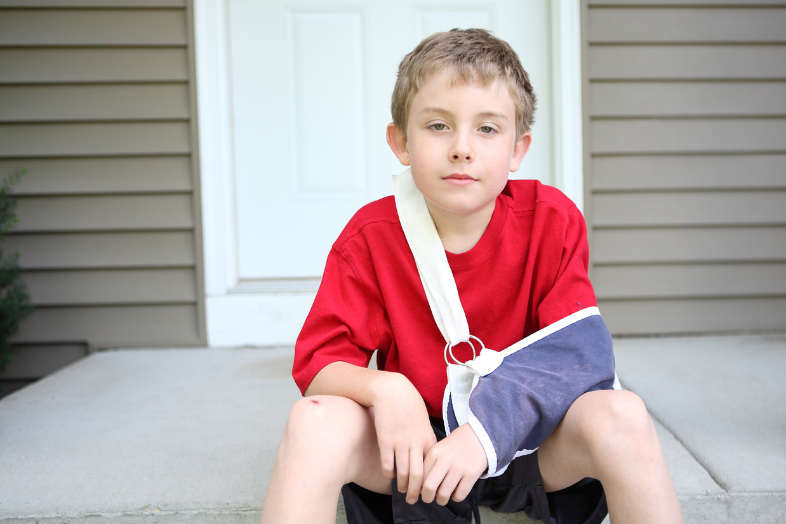
First Aid Kit Supplies for Broken Bones
- Splint– I love this one because it is long enough to use for any extremity, but can be easily cut to whatever size you need. It’s also very light weight so it won’t put extra pressure on the injury.
- Elastic Bandage– I think a 3inch wrap is the most versatile, but 2 inch is good for wrists and hands, and 4inch is good for upper legs.
- Sling– these are handy for any upper body injury- broken wrist, elbow, collar bone… definitely good to have on hand
- Cold Pack- Instant cold packs are a must for any first aid kit.
- Gauze Pads– just in case the bone went through the skin, it would be good to rinse it off and cover it with a sterile gauze pad before wrapping it. To keep it as clean as possible.
Broken bones can be a traumatic event for not only your child or loved one, but for you as well. First thing, take a deep breath. You’ve got this!
Thanks for being here!
xx,
Mollie
Other Posts You Might be Interested In:

